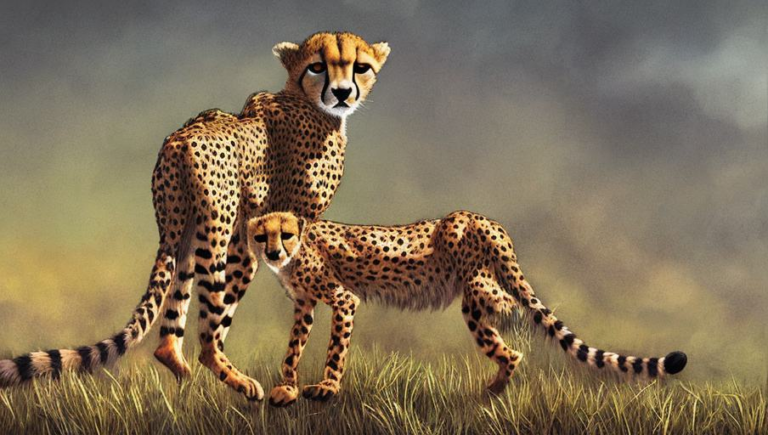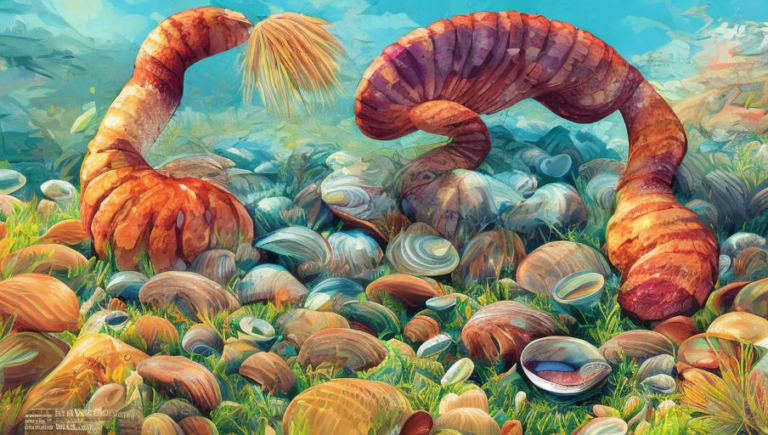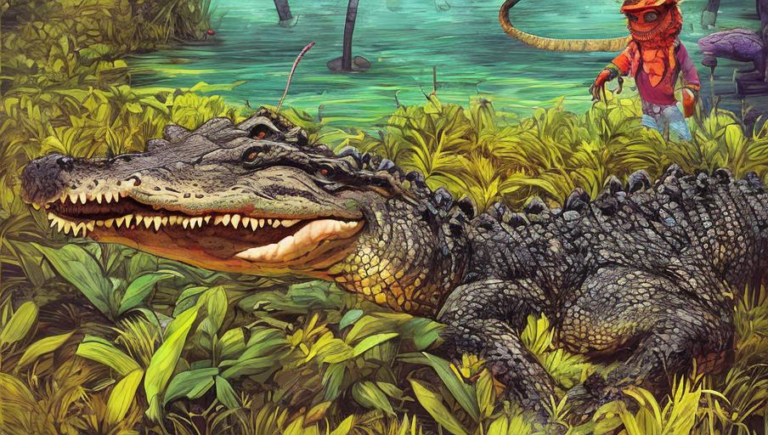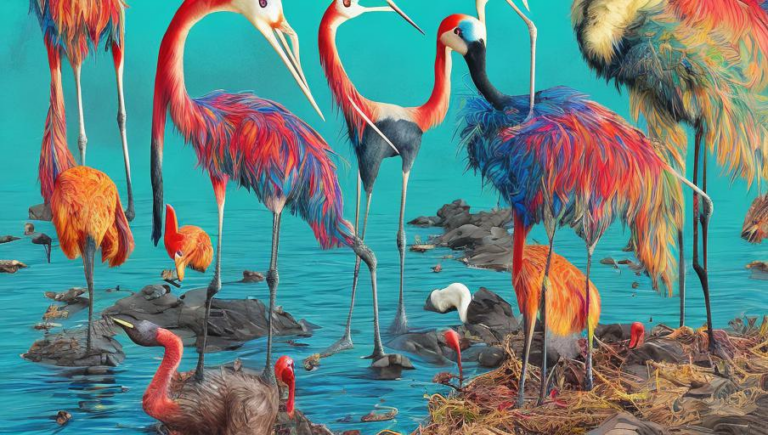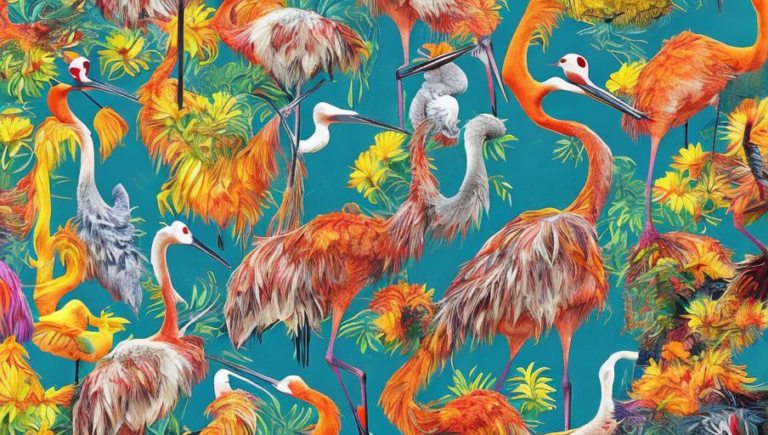Beauty of the Crane
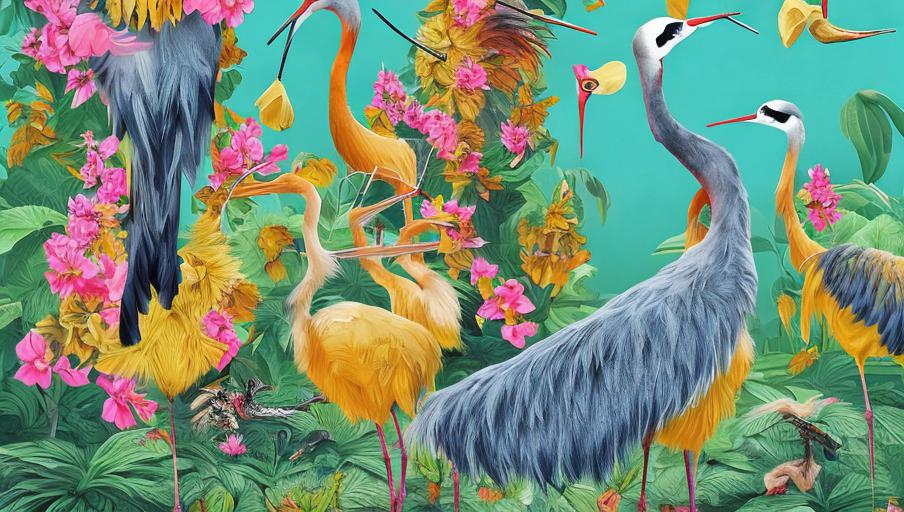
The Beauty of the Crane
The crane is a bird of incredible beauty and grace. Its long, slim neck and legs give it a graceful, elegant air. Its wingspan can be as wide as 8.2 feet and its colors can range from white to black and every hue in between. Cranes are found in a variety of habitats, from wetlands and forests to grasslands and deserts.
Diet and Habits
Cranes are omnivorous, eating both plants and animals. Their diet can include fish, amphibians, reptiles, small mammals, insects, and plants. They are also known to scavenge for food. Cranes are monogamous, staying with the same partner for life. Breeding pairs will often perform courtship dances together.
Conservation Efforts
The crane is a species of conservation concern due to habitat destruction and hunting. In recent decades, conservation efforts have been put in place to protect cranes from further decline. These include the establishment of protected areas, breeding programs, and research into the ecology of these birds. In some parts of the world, cranes are also kept in captivity for educational and medical research.
Unique Characteristics
Cranes are known for their incredible vocalizations, with some species being able to produce over 20 different calls. They are also known for their long-distance migrations, with some species flying over 2,000 miles to reach their wintering grounds. Cranes are also known for their powerful legs, which they use to wade through water in search of food.
The Significance of the Crane
Cranes are an important part of many ecosystems. They help to maintain healthy wetlands and grasslands, providing essential food and shelter for other species. They are also important for cultural reasons, with many cultures having traditional beliefs and stories associated with the crane. The crane is also a symbol of longevity and good luck in many cultures.
Conclusion
The crane is a bird of incredible beauty and grace, and is an important part of many ecosystems. Its long-distance migrations, unique vocalizations, and powerful legs make it a fascinating species. Conservation efforts are in place to protect this species, but more must be done to ensure the continued survival of the crane.
